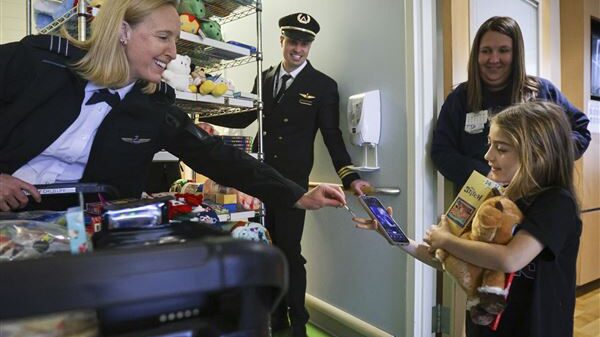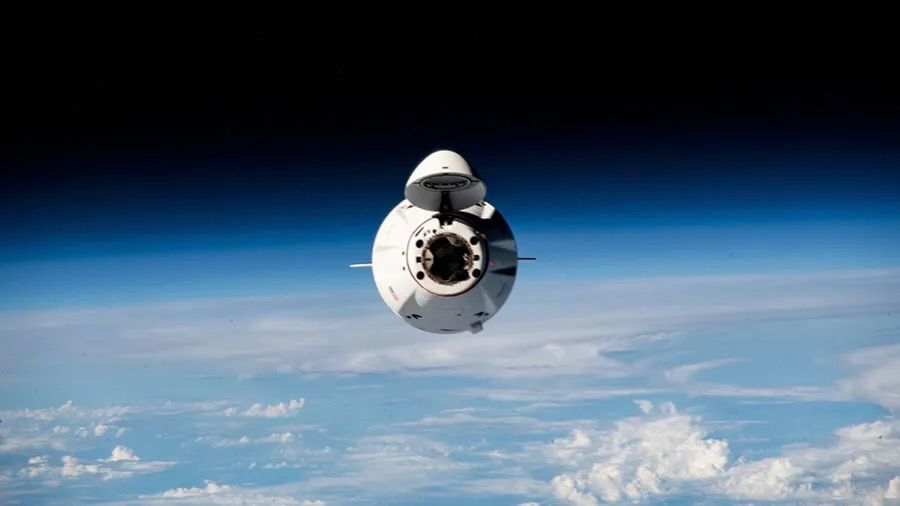A SpaceX Dragon cargo capsule successfully arrived at the International Space Station (ISS) on August 25, 2023, bringing approximately 5,000 pounds (2,270 kilograms) of vital supplies and scientific equipment. The CRS-33 mission marked the company’s 33rd flight for NASA’s Commercial Resupply Services program and began with its launch atop a Falcon 9 rocket on August 24.
The Dragon capsule docked with the ISS around 7:30 a.m. EDT (11:30 GMT), concluding a roughly 29-hour orbital journey. Live coverage of the event was provided by NASA, starting at 6:00 a.m. EDT (10:00 GMT), allowing space enthusiasts to witness the momentous occasion as the capsule approached the orbiting laboratory.
Scientific Endeavors and Future Missions
According to acting NASA Administrator Sean Duffy, commercial resupply missions play a crucial role in advancing technologies necessary for future lunar and Mars missions. “This flight will test 3D printing metal parts and bioprinting tissue in microgravity — technology that could give astronauts tools and medical support on future moon and Mars missions,” he stated in a post-launch briefing.
The cargo onboard includes food, supplies, and materials for ongoing scientific experiments. Once docked, the Dragon capsule will also assist in maintaining the ISS’s altitude through engine burns, a function that has previously relied on Russian Progress cargo vehicles. This capability takes on added significance as Russia considers exiting the ISS partnership in 2028, two years earlier than the station’s planned end of life.
Next Steps for CRS-33
The CRS-33 mission is set to conclude in December, when the Dragon capsule will return to Earth, splashing down off the coast of California with samples and scientific gear. In addition to the ongoing support provided by the Dragon capsule, the ISS will also look to other vehicles such as the Cygnus, built by Northrop Grumman, to ensure continued operational stability.
The successful delivery of supplies and scientific materials underscores the growing importance of commercial partnerships in space exploration, enabling advancements that could have far-reaching implications for future human endeavors in space.








































































